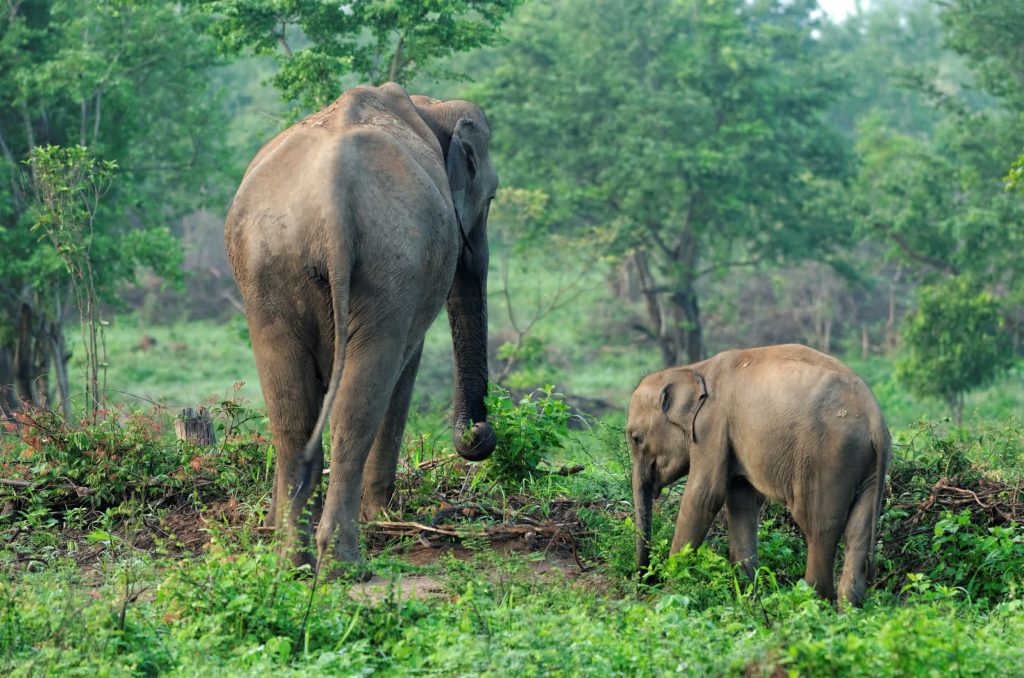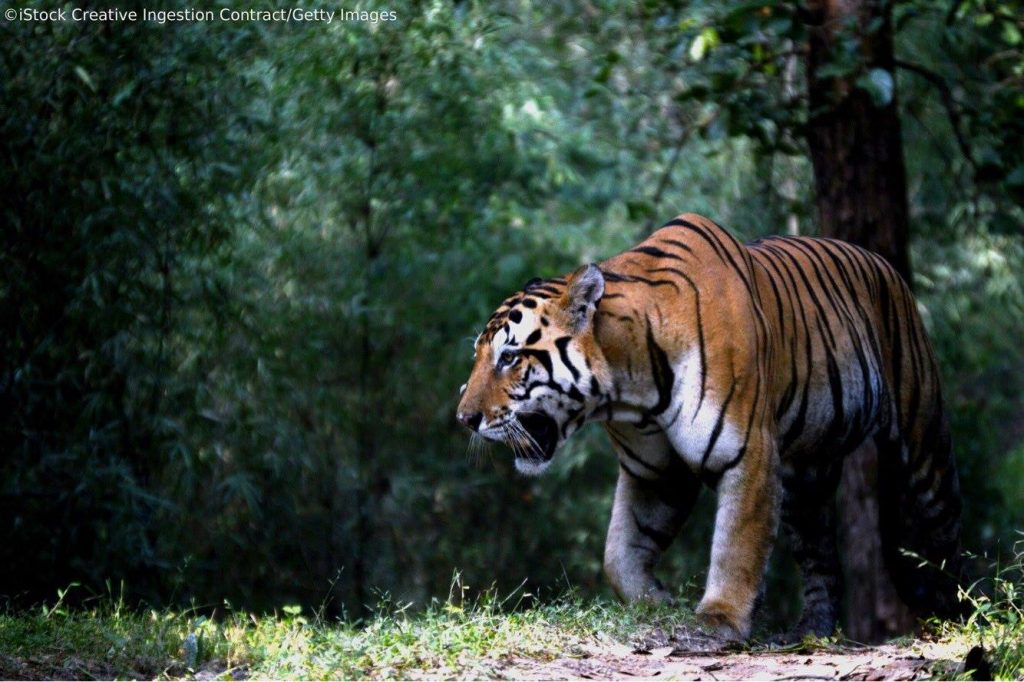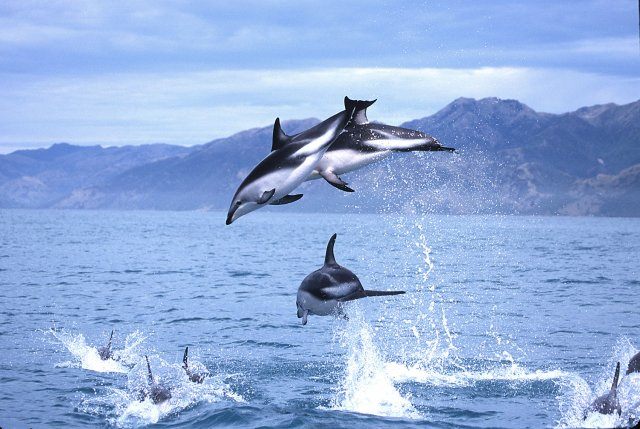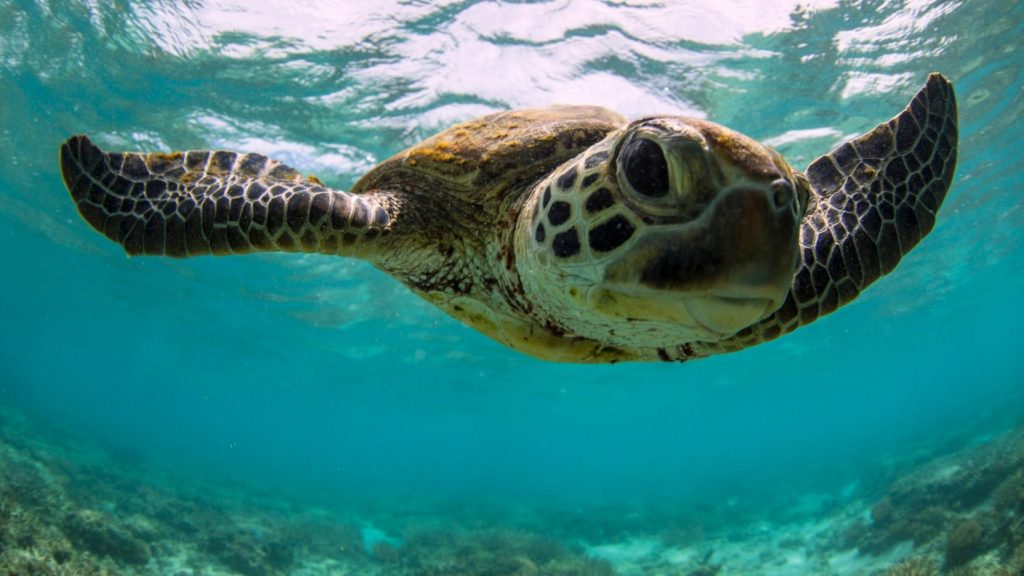For many people, animal tourism is the highlight of their holidays. But behind the tiger selfies and dolphin swims is a cruel reality for the animals.
A rule of thumb is if you can ride or touch, take a photo with, or see a wild animal perform tricks, you can be sure it’s cruel.
Many tourists visit wildlife attractions because they love animals, not realising the animals are often exploited and abused, even at the places that claim to be ethical.
Here are four of the cruelest types of wildlife attractions – and the best places to see these animals in the wild.
Image via Contiki
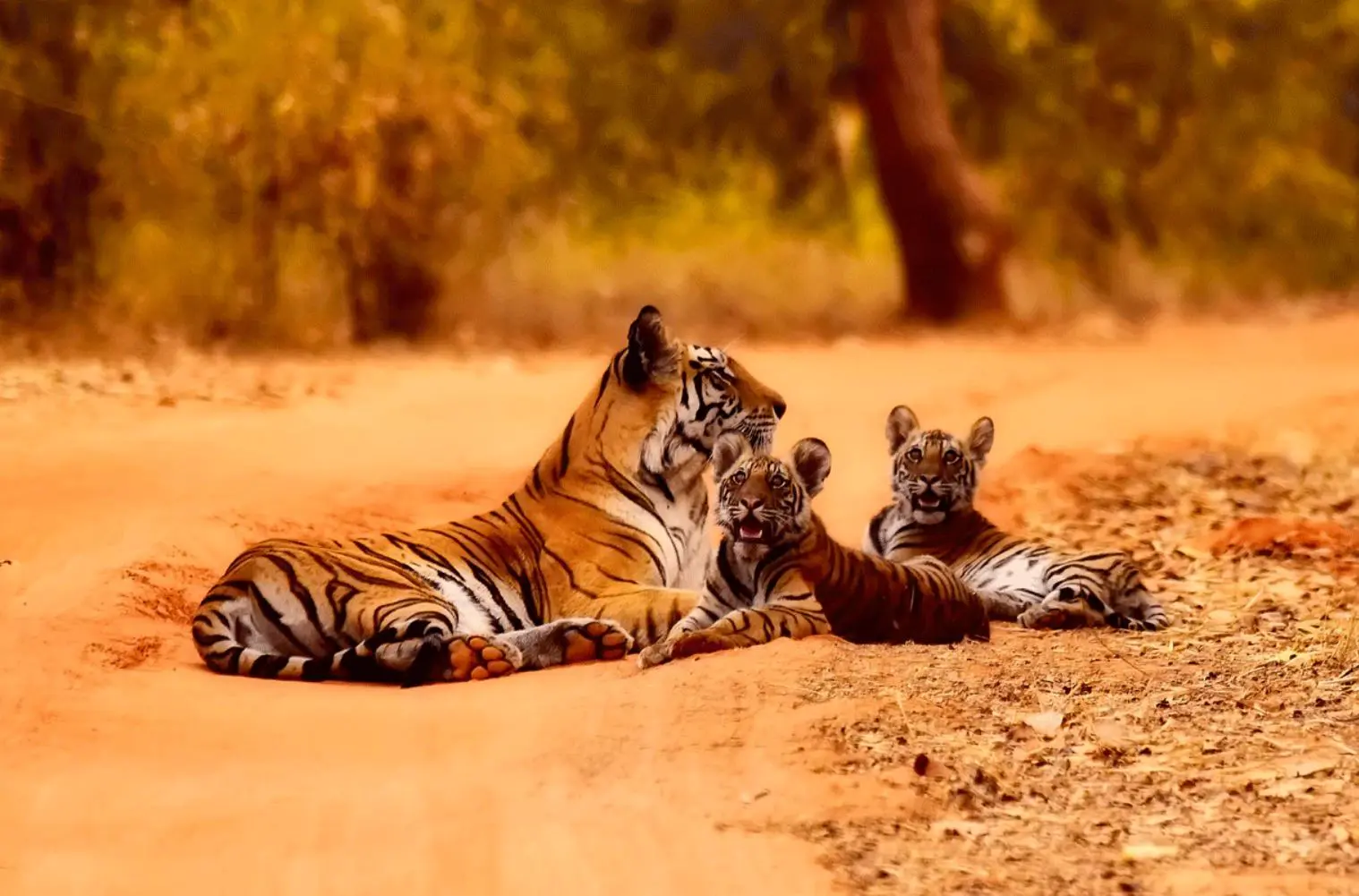
“There are at least 550,000 wild animals are suffering at the hands of irresponsible tourist attractions around the world.” – World Animal Protection
1. Elephant Rides and Shows
Elephants suffer through a torturous training process to make them accept human interaction. They are kept restrained, beaten with sharp metal hooks and fed poor diets.
Sri Lanka has the highest density of wild Asian elephants in the world. Head to Uda Walawe or Wilpattu National Parks to see them in the wild.
2. Tiger selfies
Tigers are kept chained or in small cages with concrete floors, and often sedated to be used as photo props by tourists for hours on end. Tiger venues face allegations of links to the illegal trafficking of tigers and their body parts.
See these majestic animals in the wild at Ranthambore National Park in India – part of a national conservation initiative.
3. Performing dolphins
You see them performing tricks for an applauding crowd. But captive dolphins are confined in shallow, sometimes chlorinated pools where they suffer painful skin and eye irritations, sunburn and stress-related illnesses.
Instead, see large pods of dusky dolphins swimming freely most of the year in Kaikoura, New Zealand.
4. Holding sea turtles
In the Cayman Islands, tourists can pose for photos holding sea turtles. But these naturally timid creatures experience great stress when handled, which can weaken their immune systems and cause infections to break out. Tourists may also accidentally drop struggling turtles, causing potentially fatal injuries.
You can spot six of the world’s seven species of turtle on the Great Barrier Reef – including green turtles and the increasingly rare loggerhead. Choose from Heron Island, Hamilton Island, Great Keppel Island and many more for regular turtle sightings.
Checking out of cruelty
While some wildlife tourism attractions have a positive impact on the welfare of wild animals, it can be hard to distinguish the good ones when you don’t see the whole picture.
By saying no to cruel animal attractions on your next holiday, you can reduce the demand for animals in entertainment. When the demand ends, so will the cruelty.
